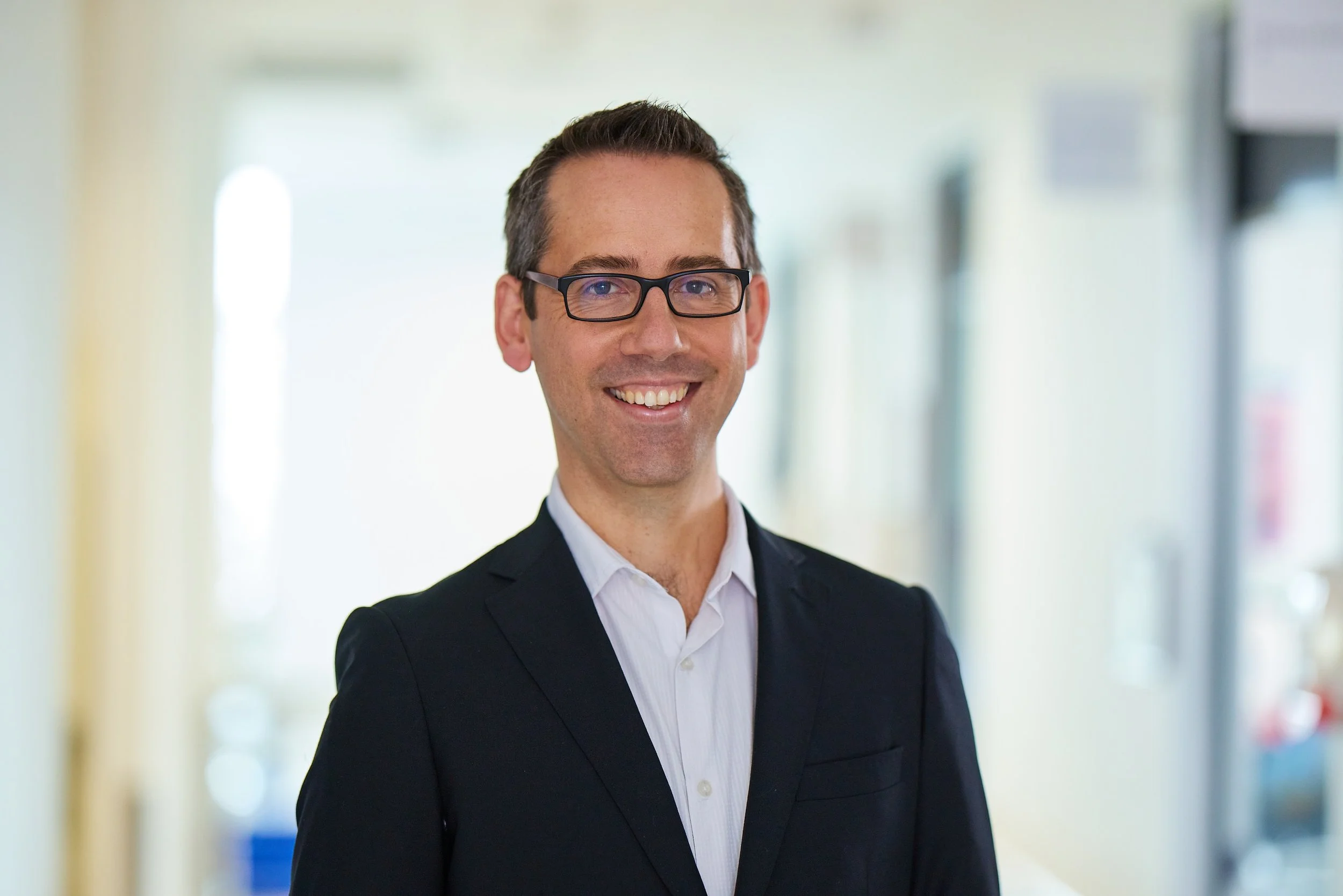Doctor’s Orders
We sit down with Dr Chris Elliot, a paediatrician working with families to manage complex issues around feeding.
Hey Chris, why are some doctors fearful or resistant when it comes to blenderised tube-feeds?
The short answer is that most doctors don’t know or think much about blended feeds. They’re not afraid of them, it’s just that tube-feeding isn’t a big part of most doctors’ practice.
The longer answer is that originally all tube-feeds were blended real food. Then we had this miracle invention – commercial formula – which is stable at a range of temperatures. It’s easier to transport, it’s nutritionally complete, and it became very, very popular to the point where ‘all tube-feeds are formula’.
Now we’ve come to a situation where formula doesn’t work for some people and then they’re stuck. Some families have shown a lot of advocacy and courage and explored blenderised feeds again, and some doctors and allied health professionals have listened to those families.
The AuSPEN Consensus Statement on blended tube-feeding is a wonderful example of how this diet is being adopted by the health sector with sensible precautions. However, put into the context of all the health issues doctors manage, blenderised tube-feeds are a subsection of tube-feeding, which is a subsection of all feeding challenges, which themselves are a subsection of all medical issues.
Most doctors just don’t come across blenderised tube-feeding in their regular practice. So I think the better question is, why are doctors uncomfortable with things they don’t know much about?
Okay. So why are doctors uncomfortable with things they don’t know much about?
My impression is that it comes down to a perception of risk and responsibility. In a traditional illness model – epilepsy, diabetes or cancer for example – families cannot be experts in the pharmacology and physiology of their condition so the doctor takes all the responsibility for prescribing and managing medicines.
In a feeding situation it’s really different. Meals happen outside the hospitals and clinics, and are prepared and orchestrated by families. In that situation a family and their doctor have to be willing to share responsibility.
The doctor’s job is to communicate the relevant medical information about what a child needs and why. The family’s job and responsibility is to feed that child safely however they want.
In my practice, I’m very happy for families to try things as long as I have communicated what I know about the risks and benefits of that approach. That way, if they want to proceed, I’m able to share responsibility for succeeding or failing with them.
Coming back to tube-feeding, shared responsibility is a much safer place for me as a doctor than if a family asks me to take full responsibility for their blenderised feeds. I can’t do that.
How can we set up a collaborative approach to blenderised tube-feeds with our care team?
There are many ways. You could, for example, say to a doctor: ‘I’m really interested in blenderised tube-feeds. I understand that this is my food, my kitchen, my blender, my child, my home and that this all happens totally outside your medical office and it’s not prescribed. I’m willing to take responsibility for the food I give my child. But I would like to partner with you to help understand what medical risk there might be.’
That is very different to saying: “You’re my doctor. You prescribe my child medications. I want you to prescribe them blended tube-feeds and tell me what to give, how much to give, and to take responsibility for what happens if it goes wrong.”
I started medicine when I was 17 and I’m now in my 40s, so I do know a lot about it, but I’ve never tube-fed a child in the community. I’m very uncomfortable with the idea that my expertise in how to tube-feed a child in their own home would be elevated above 20, 50 or 100 families who actually do it on a daily basis.
In a medical context I would be considered an international expert on tube-feeding, but just as a doctor. I know things you need to know, you know things I need to know. We can each take responsibility for our own actions. That’s a really great basis for a safe partnership between us.
Blenderised tube-feeding is having a bit of a moment – but it’s not for everyone, is it?
Blenderised tube-feeding can definitely be an option for children when it’s safe for them. I refer families and clinicians who are interested to the AuSPEN guidelines. It’s absolutely not necessary or right for all children, though. Don’t put blenderised tube-feeding on a pedestal. It’s another way of feeding your child, nothing more and nothing less.
A parent said to me once, “Breast, bottle, tube or spoon – fed is fed, and fed is best”. And I would add to that: “Blenderised tube-feeds or formula – fed is fed, and fed is best”. You have to work together with the health professionals who really know you and your child, to find a way to feed your child that suits you best.

